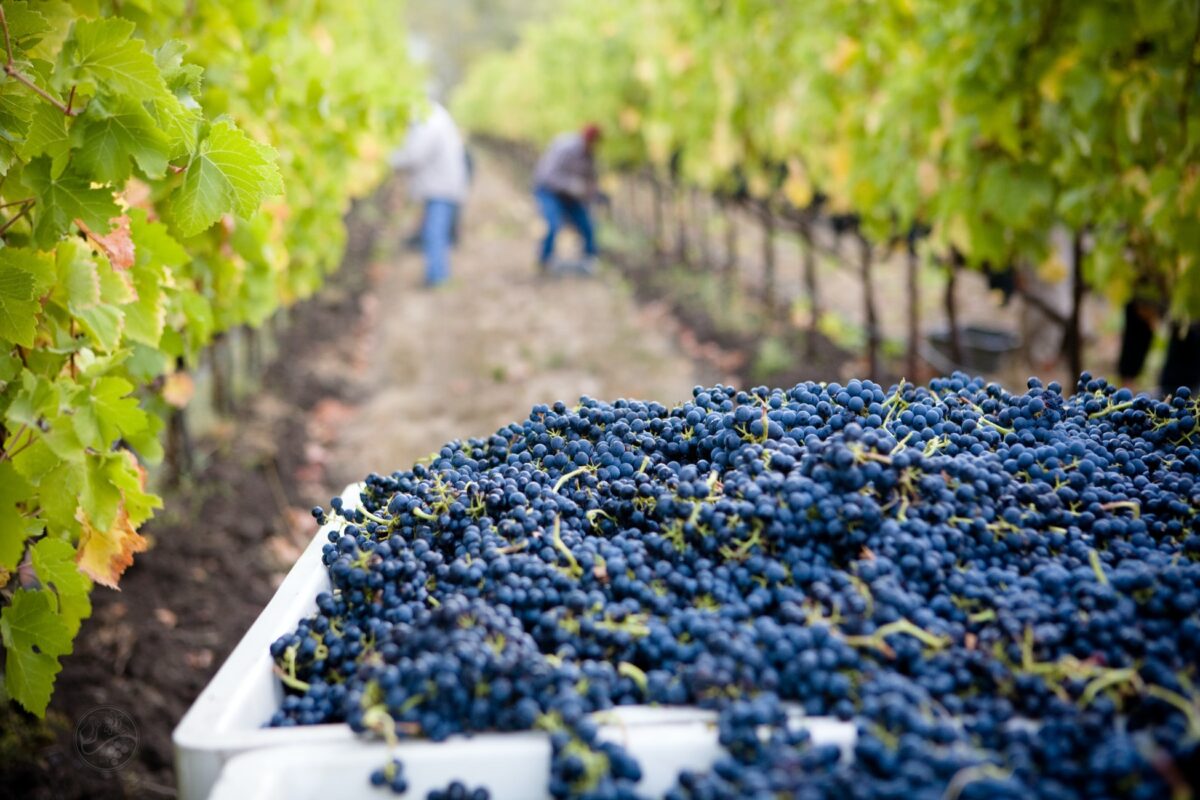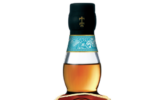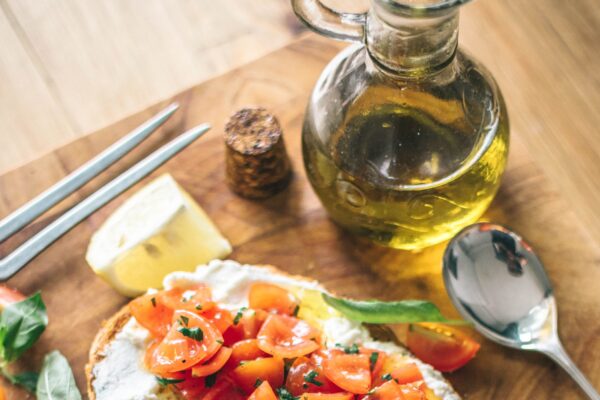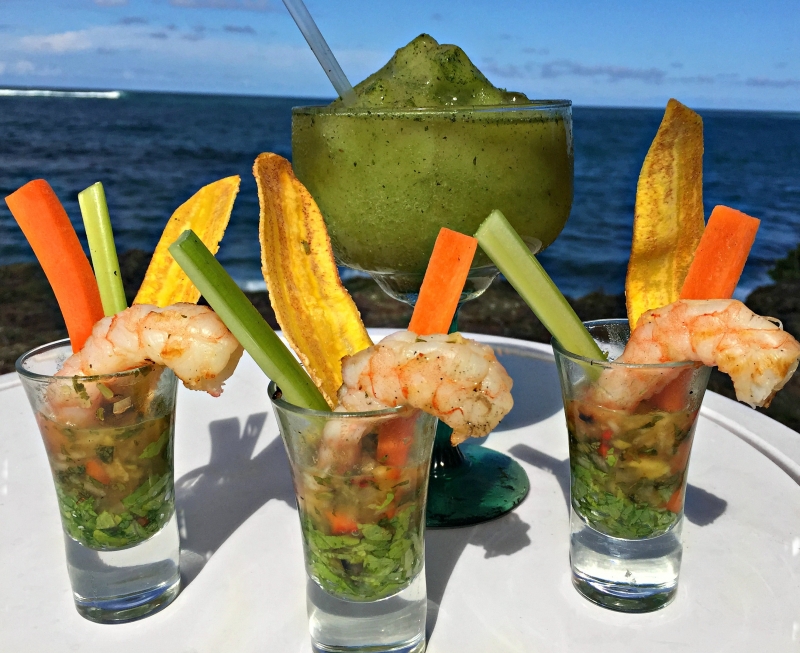For the past few years, Merlot as a wine varietal has not been the most popular kid at the dance. Starting with the 2004 movie, Sideways, a film about two men dealing with mid-life crises that effectively crashed Merlot’s sales by nearly 25% that year, the grape has fallen in appeal for many wine drinkers in the US. Cabernet Sauvignon has dominated in red wine sales, as well as newer, frequently sweeter red blends that have come to market in recent years.
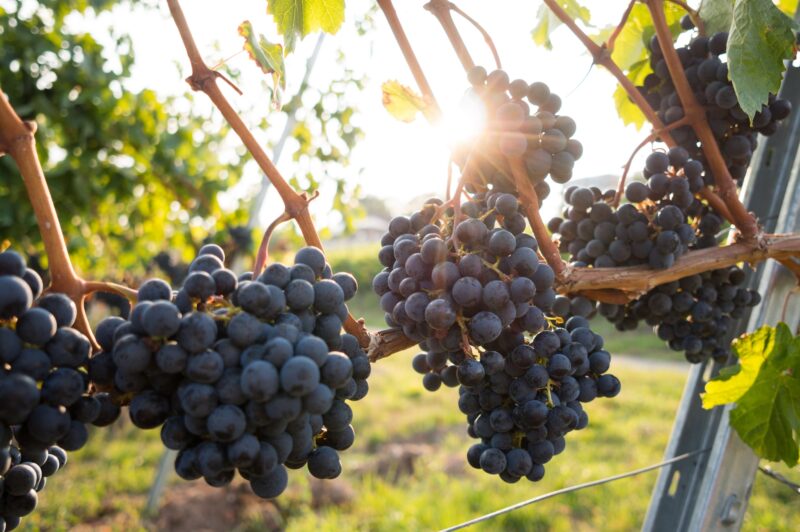

If you’re open to exploring (old) new friends outside of a popularity contest, however, Merlot can be found worldwide from many unique wine regions, and with stunning value and versatility in style and taste.
Hailing from its homeland in Bordeaux, Merlot is long known by winemakers as the ideal grape for blending, softening higher tannin wines like Cabernet Sauvignon, and adding red fruit flavors. It can be oaked or unoaked, and mature well in the bottle.
Depending on the winemaker, region, and ripeness, Merlot can be light to medium in body, with red fruit flavors of strawberry and red plum, as well as notes of green bell pepper and herbs. When riper, Merlot can be medium to full in body, with notes of cooked fruits, like blackberry, black plum, and medium tannins.
Here are a few of our favorite Merlots from around the world, to showcase the diversity of the noble Merlot grape.


Bonterra 2018 Merlot, California – $16
This rich and flavorful Merlot blends vineyard fruits from Mendocino County, as well as Paso Robles and Lake County. Destemmed and pressed before a warm fermentation in stainless steel tanks, the wine was aged for 18 months in a mix of French and American oak barrels, nearly half of which were new (that means more vanilla and spice from the oak). Bright notes of strawberry and pomegranate are on the palate, as well as dried herbs. This medium-bodied wine has an elegant tannin structure and a velvety finish.


Chateau Dalem Fronsac 2017, Bordeaux – $25
As a Merlot and Cabernet Franc blend, this right bank Bordeaux is a youthful version of some of the best wines in the region. Hailing from the Fronsac commune in the Nouvelle-Aquitaine region in Southwest France, its nose carries aromas of black fruits, red and black plums, black pepper spice, along with oak, tobacco leaf, and vanilla on the palate. Like most old world style Bordeaux wines, let this one open up for a few minutes before you pour a glass. We picked this wine up for under $30 at Total Wine, and consider it a good value. Cellar for a few years, and it will be even better.


Chateau Ste Michelle 2017 Merlot, Columbia Valley – $12
Made from a blend of 80% Merlot, 13% Syrah, 2% Mourvedre, 1% Cabernet Sauvignon, 1% Petit Verdot, their vineyards near the Cascade mountains get two more hours of sunlight during peak-growing season than California.
Ripe grapes were destemmed and combined with various strains of yeast to maximize complexity. Gentle pumpover fermentation was used to extract color and flavor and produce soft, supple tannins, with 18 months in French and American oak, 20% new. An easy drinking Merlot at an approachable price point, the wine offers aromas of black cherry, leather and spice with layers of rich dark red fruit flavors and a long, smooth, slightly sweet finish. A touch of Syrah adds a jammy fruit character, as well.
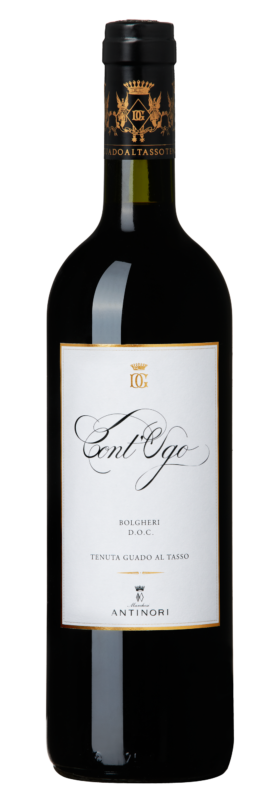

Guado al Tasso 2017 Cont’Ugo, Bolgheri, Tuscany – $65
Although you might not immediately think of Italy when it comes to Merlot, the prestigious DOC Bolgheri region is an ideal area for growing grapes, just a few kilometers from Florence. Located in a plain surrounded by sweeping mountains, its southwest exposure and proximity to the sea create a climate that vineyards of all types can thrive in. This Marchesi Antinori 100% Merlot, with 8 months and malolactic fermentation in new oak, then an additional 4 months in oak barrels, is an intense ruby red color, and does well with time to breathe after opening. The nose is red raspberries and cherries along with spice and dried herbs. On the palate, it has firm tannins, more raspberries and tart cherries, and mint or fennel on a long, dry finish. Cellar for 3 to 4 years for an even more pleasurable wine experience.


Gundlach Bundschu 2017 Merlot Heritage Selection, Sonoma County – $65
Since their first Merlot bottling in 1976, the Bundschu family has never skipped a vintage, not even when things went ‘sideways’. They also say that if you’re expecting a ‘wimpy’ wine, this is definitely not that. Using a specially selected block of Merlot known for power and concentration, the wine is medium bodied, incredibly well structured, and supported by subtle, supple tannins. With 17 months in 100% French new oak, it carries incredible aromas of baking spices, slate, and lavender that lead to an equally lush palate of dark berries, plum, savory earth and chocolate.
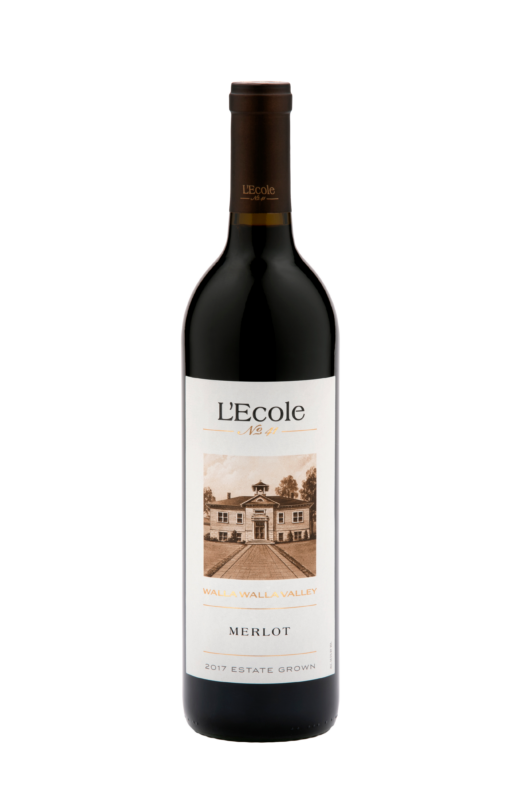

L’Ecole No 41 2017 Merlot Estate, Walla Walla Valley – $36
L’Ecole No 41 is recognized as one of Washington State’s top producers of premium Merlot, and this estate two vineyard blend represents the elegance and old-world structure of one of the world’s most noble grapes. Both vineyards are Certified Sustainable and Certified Salmon Safe. This wine is made from 79% Merlot, 17% Cabernet Franc, and 4% Cabernet Sauvignon grapes. It was hand harvested, and made using a hand punch down and gravity influenced fermentation method, resulting in softer flavors and aromas. This seriously structured Merlot reveals a nose of dark fruit, tobacco, cedar, and violet. Its rich texture is elevated by flavors of black cherry, peppercorn, along with Ferguson’s graphite minerality carrying into a flavorful persistent finish.


Stags’ Leap Winery 2017 Merlot, Napa Valley – $36
With a lower than usual harvest for this season, the 2017 Merlot is concentrated, with lots of juicy black cherry and dark plum fruit. Notes of root beer, as well as vanilla, caramel and baking spice are on the nose, as well as an earthy richness from oak ageing. Made from 96% Merlot and 4% Petite Sirahm and aged 100% French oak (35% new) for 19 months, the palate is velvety, with notes of black fruits and black plums, a polished structure, refreshing acidity, and soft, fine-grained tannins.

